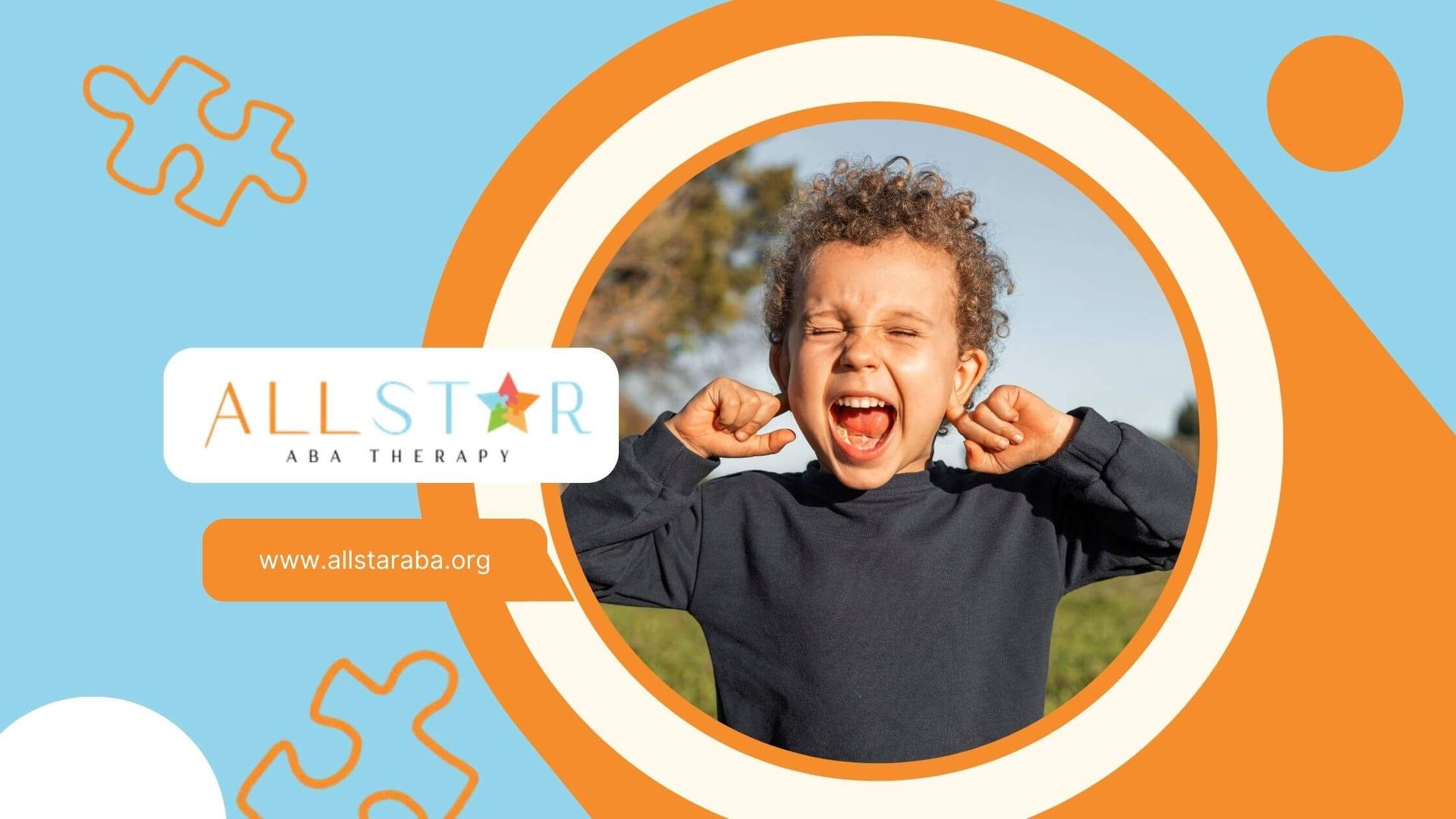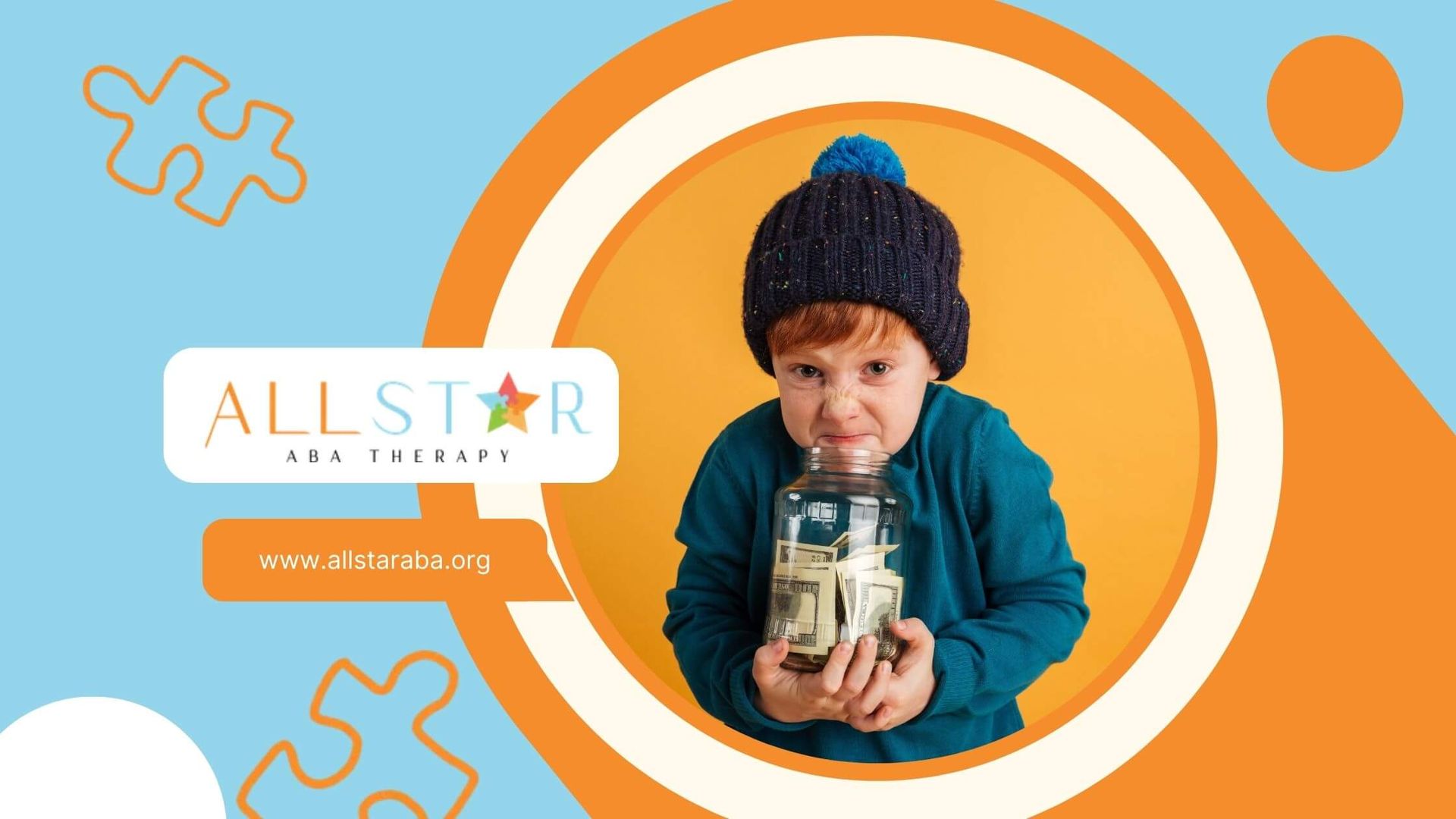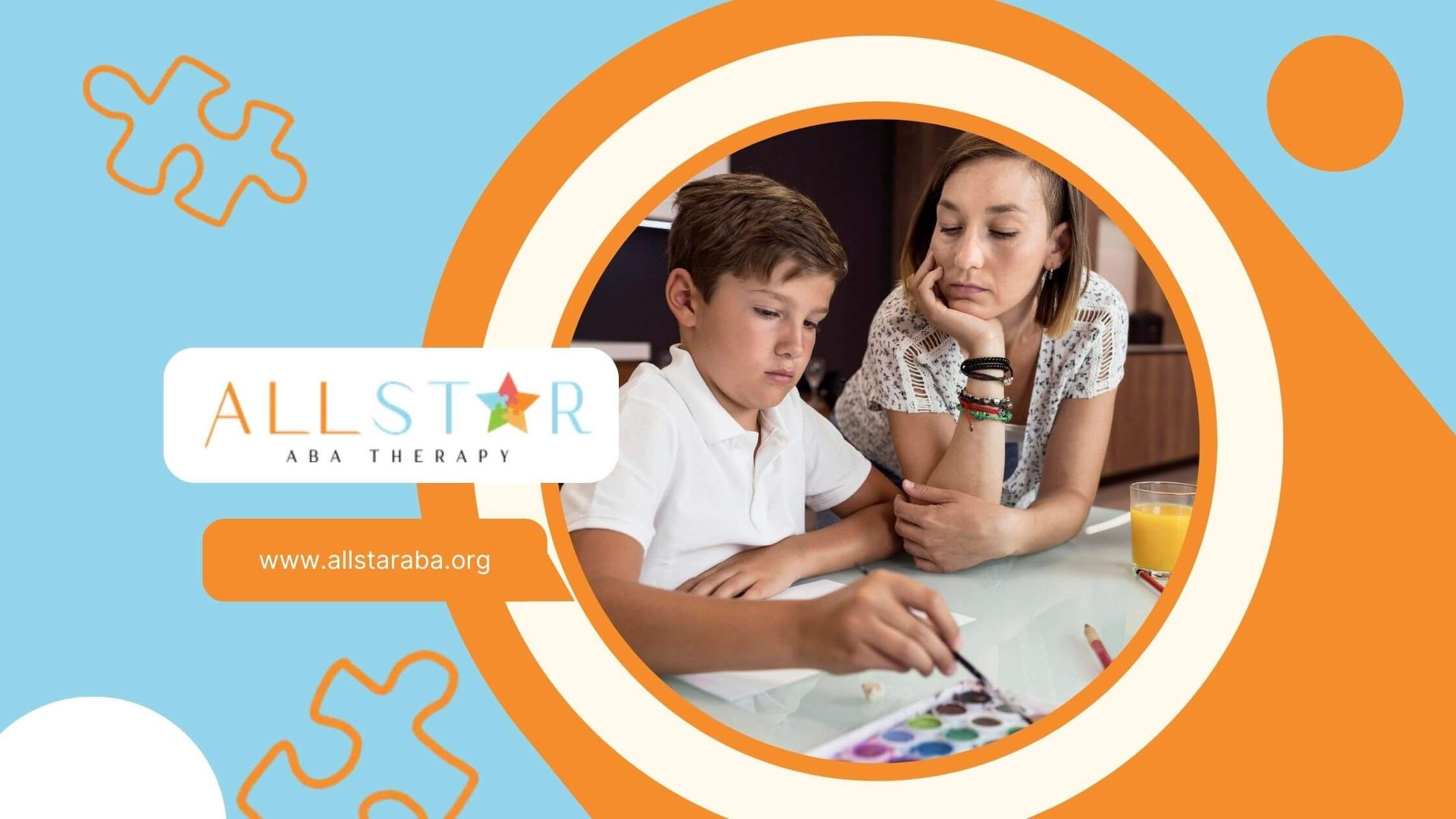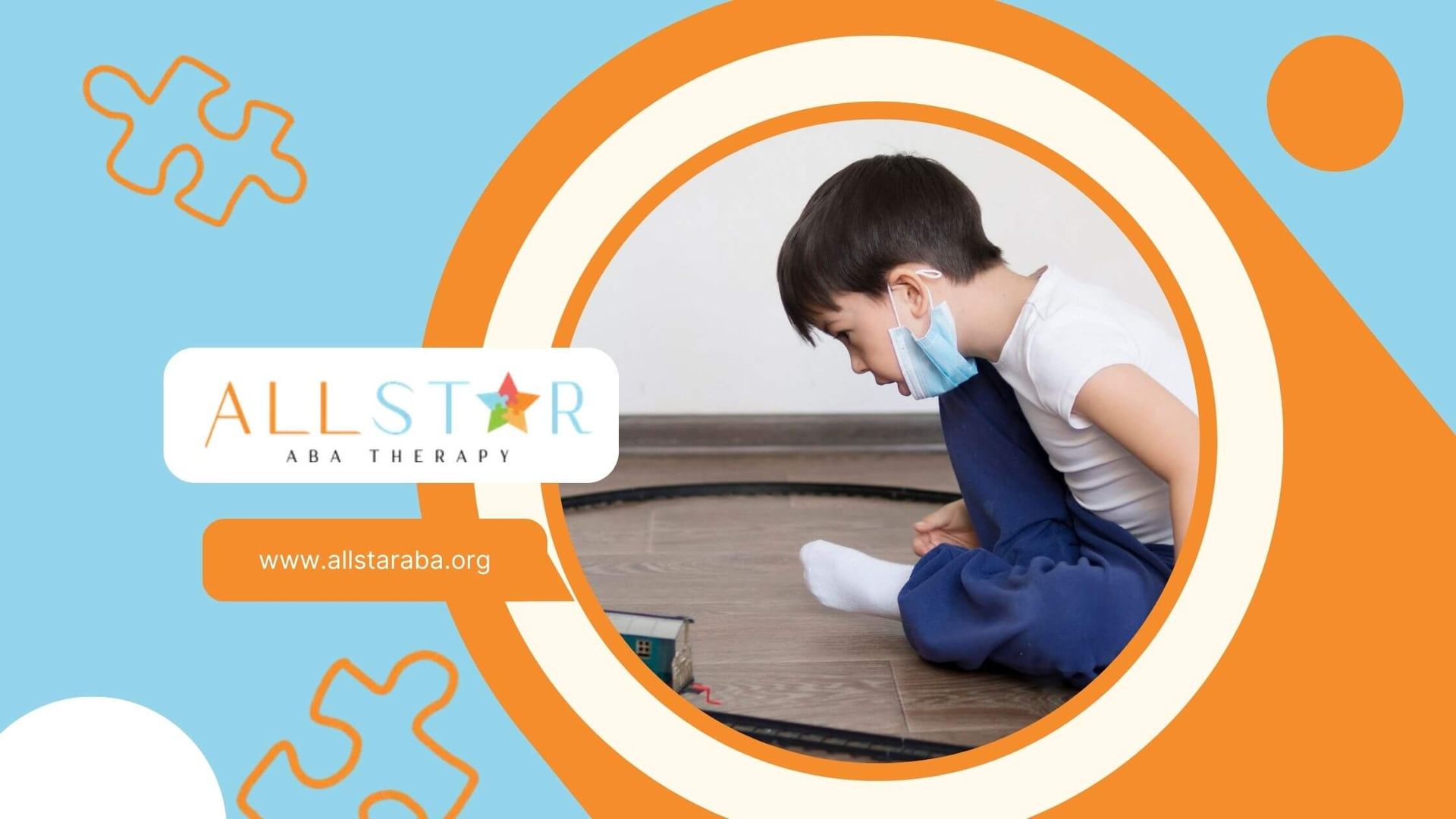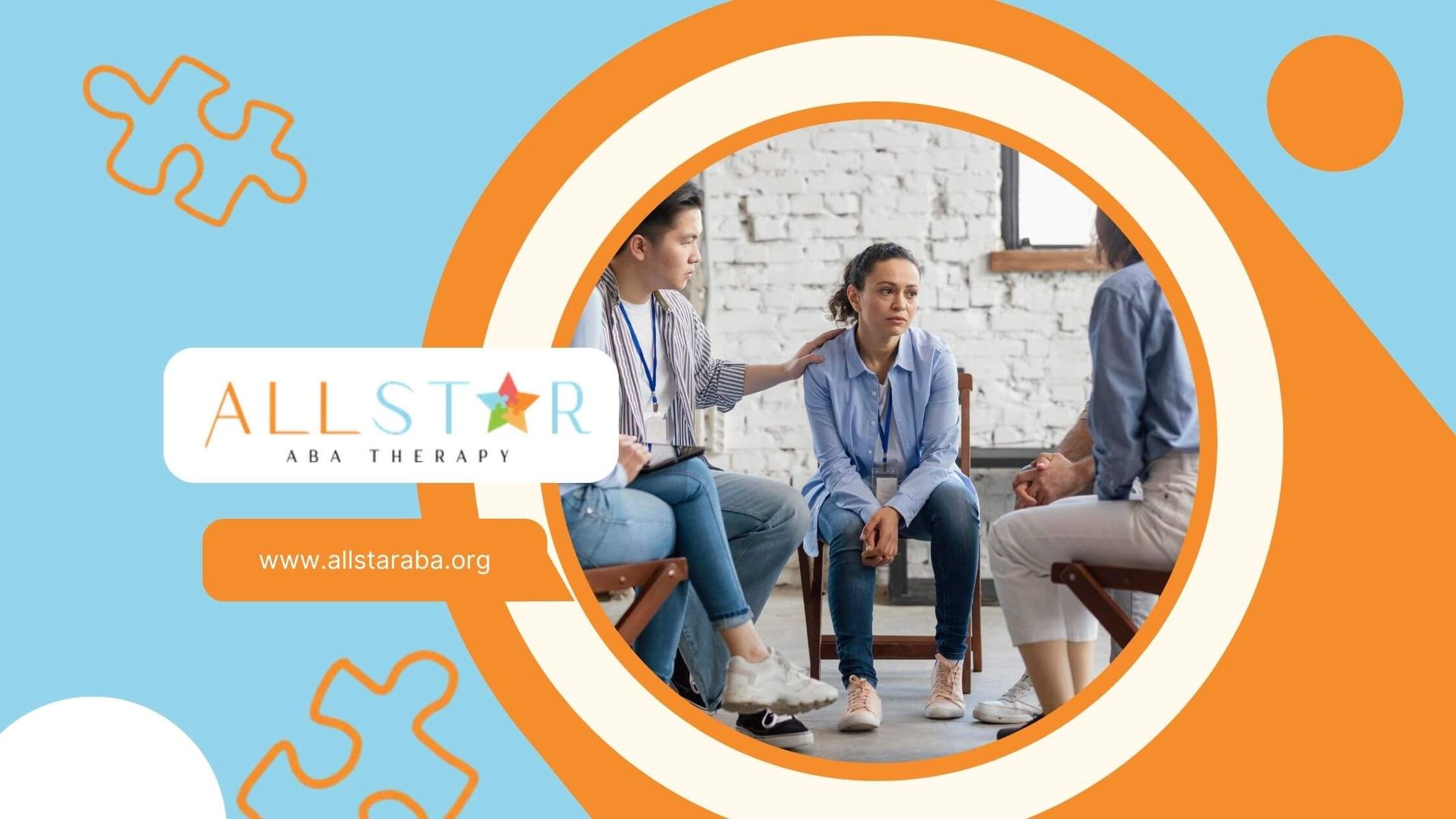New Paragraph
Essential Autism-Friendly Wheelchair Accessories for Comfort
Autism-friendly wheelchair accessories can transform daily mobility for individuals on the autism spectrum. These adaptive add-ons address sensory sensitivities, posture support, and independent device use to boost comfort and confidence. This article outlines key categories of must-have items from seating and protective gear to mounting solutions, so families, therapists, and educators in Maryland can make informed choices about specialized wheelchair enhancements.
Seating And Positioning Accessories
Proper seating and positioning form the foundation of a comfortable wheelchair setup. For many individuals with autism spectrum disorder, stable posture reduces fatigue, minimizes sensory overload, and supports focus during daily activities.
Cushions And Back Supports
Cushions and back supports help distribute pressure evenly, maintain alignment, and reduce the risk of skin irritation. Common options include:
- Memory Foam Cushion:
Molds to the user’s shape for pressure relief and even weight distribution.
- Contoured Gel Pad:
Combines cooling gel with a contoured surface to reduce hotspots and improve airflow.
- Wedge Support: Tilts the pelvis slightly forward to promote an upright posture and minimize slouching.
Therapists often recommend cushions based on weight, activity level, and sensory needs. Many gel or foam pads come with removable covers for easy washing and hygiene upkeep.
Head Supports
An adjustable headrest can stabilize the head and neck, especially during longer outings or therapy sessions. Key features may include:
- Lateral Pads: Side bolsters that cradle the head, reducing unwanted sway.
- Angle Adjustment: Multiple pivot points that accommodate chin tucks or head tilts.
- Quick-Release Hardware: Straps or clips that let caregivers reposition or remove the headrest without tools.
When selecting a head support, it’s important to verify compatibility with the wheelchair’s back frame. Proper alignment ensures safety and prevents excessive pressure on the cervical spine.
Sensory And Protective Accessories
Individuals with autism often experience heightened sensory sensitivities. Accessories that shield against noise, protect clothing, or offer soothing textures can make transitions and outings more manageable.
Wheelchair Covers
Wheelchair covers guard against moisture, dirt, and abrupt contact with rough surfaces. For autism-friendly environments, covers may also:
- Muffle Wheel Noise:
Soft, padded covers reduce squeaks and rattles on different terrains.
- Protect Clothing: Full-wheel skirts keep pant legs and fabric away from spokes and debris.
- Add Visual Predictability: Solid colors or simple patterns can lower overstimulation in crowded spaces.
SpecialKids.Company offers adaptive wheelchair covers designed with durable fabrics that are easy to clean and come in sizes suited for children and adults.
Chewable Attachments
Oral sensory tools, often called “chewies,” can be secured to a wheelchair’s frame or tray to provide a safe outlet for chewing needs. Benefits include:
- Calming Effect:
Chewing can help reduce anxiety and self-regulation challenges.
- Durable Construction: Food-grade silicone or thermoplastic elastomer materials stand up to repeated use.
- Easy Mounting: Clips or loops that attach to headrest posts, armrests, or lap trays.
Caregivers should choose attachments designed specifically for mobility equipment, ensuring they meet safety standards and do not interfere with movement.
Device Mounting Solutions
Many individuals rely on tablets, communication devices, or therapy tools while seated. Secure mounting systems keep these items within reach and positioned for optimal use.
Mounting Plates
A mounting plate attaches to the wheelchair’s frame, creating a stable interface for various devices. Features often include:
- Universal Mount Pattern: Fits common brackets used by AAC (augmentative and alternative communication) devices, tablets, and reading stands.
- Low-Profile Design: Keeps the device close to the frame for minimal wobble.
- Quick-Release Lever: Enables rapid attachment or removal without loosening screws.
These plates allow therapists and educators to adjust viewing angles, helping users maintain eye contact and engage with learning materials effectively.
Adjustable Clamps
Clamps secure mounting plates, trays, or other accessories to tubing and frame rails. The right clamp can make setup both sturdy and adaptable:
- Heavy-Duty Materials: Stainless steel or reinforced nylon can handle the weight of larger devices.
- Tool-Free Adjustment: Spring-loaded or hand-tightened knobs let caregivers reposition accessories on the fly.
- Vibration Dampening: Rubber inserts reduce rattling over uneven surfaces.
Clamps are rated by tubing diameter, so it’s essential to match clamp size to the wheelchair’s frame dimensions.
Comparison Of Mounting Options
Key Feature: Universal bolt pattern
Key Feature: Quick tool-free attachment
Key Feature: Telescoping reach up to 36 inches
This table helps teams compare mounting solutions at a glance, based on typical use cases and device requirements.
Assistive Arm Systems
Assistive arm systems bring objects within a user’s reach without requiring significant body movement. They can be lifesavers for individuals with limited mobility or strength.
Extendable Arm Systems
Extendable arms mount to the wheelchair frame and glide items, such as a drink, remote, or therapy tool, toward the user. Core features include:
- Telescoping Reach: Arms extend from 12 up to 36 inches, accommodating varied activity setups.
- Smooth Glide Mechanism: Ball bearings or low-friction tracks ensure quiet, easy movement.
- Locking Positions: Multiple stops to secure the item at user-specified points.
These systems often pair with universal clamps and mounting plates, offering a modular approach to accessory integration.
Factors To Consider When Selecting Accessories
Choosing the right accessory mix involves more than just picking appealing colors or cool gadgets. Careful evaluation ensures safety, comfort, and long-term usability.
Fit And Compatibility
Each wheelchair model has unique frame dimensions, tubing diameters, and accessory mounting points. Before ordering, teams should:
- Measure Frame Rails:
Confirm clamp sizes match tube diameters.
- Check Backrest Profiles:
Ensure cushions and head supports fit within the space.
- Verify Mount Patterns: Match plate holes to device brackets.
Material And Maintenance
Durable materials reduce replacement frequency and support hygiene routines:
- Water-Resistant Fabrics: Easy wipe-down or machine wash.
- Food-Grade Polymers:
Safe for sensory attachments and chewies.
- Corrosion-Resistant Metals: Stainless steel clamps stand up to moisture.
A clear cleaning schedule keeps fabrics fresh and prevents bacterial buildup in high-contact areas.
Professional Guidance
Occupational therapists, seating specialists, and assistive technology professionals can provide tailored recommendations. They often:
- Conduct Seating Assessments:
Analyze posture, pressure points, and range of motion needs.
- Trial Equipment:
Test accessories in real-world settings before full purchase.
- Provide Training: Teach caregivers and educators how to adjust or maintain devices safely.
Partnering with a specialist reduces guesswork and helps secure funding or insurance coverage when available.
Conclusion
Equipping a wheelchair with autism-friendly add-ons can make a profound difference in daily life. From supportive cushions and sensory covers to secure mounts and reaching systems, each accessory addresses a specific need whether it’s comfort, regulation, or independence. By considering fit, durability, and professional insight, parents, therapists, and educators can build a customized setup that empowers individuals on the autism spectrum to engage fully.
At All Star ABA, we provide tailored ABA therapy services in Maryland that focus on enhancing your child’s comfort, mobility, and independence. Whether it’s integrating autism-friendly wheelchair add-ons or supporting development through evidence-based therapy, our team works with parents, therapists, and educators to create customized plans that promote growth at home, school, and in the community.
Ready to help your child thrive? Contact us today to schedule a consultation and discover how our in-home and school-based ABA therapy services can make a meaningful difference!
Frequently Asked Questions
What are autism-friendly wheelchair add-ons?
Autism-friendly wheelchair add-ons are accessories specifically designed to enhance comfort, sensory regulation, and independence for individuals with autism. These can include supportive cushions, sensory-friendly covers, secure mounts, and reaching systems tailored to the individual’s needs.
How can sensory covers benefit a child with autism in a wheelchair?
Sensory covers provide a calming effect by offering tactile support and comfort. They can help children with autism regulate sensory sensitivities, making it easier for them to remain focused and comfortable while using their wheelchairs.
How do I choose the right wheelchair accessories for my child with autism?
It’s important to consider the child’s unique sensory and physical needs when selecting accessories. Working with therapists and professionals ensures the right fit, durability, and functionality to empower the child in daily life and promote independence.
SOURCES:
https://www.accessibilitychecker.org/blog/wheelchair-accessories/
https://www.wheelchairpride.com/2020/02/how-to-decorate-your-wheelchair.html
https://enablingdevices.com/blog/wheelchair-accessories-for-people-with-disabilities/
https://specialkids.company/blogs/latest-news/5-awesome-wheelchair-accessories-for-disabled-children
https://www.tandfonline.com/doi/full/10.1080/13467581.2022.2047982
Need Support?
We're Here to Help!
Our experienced team is ready to assist you. Reach out today to discuss how we can support your child's development and well-being.
Get started with expert ABA therapy today.



